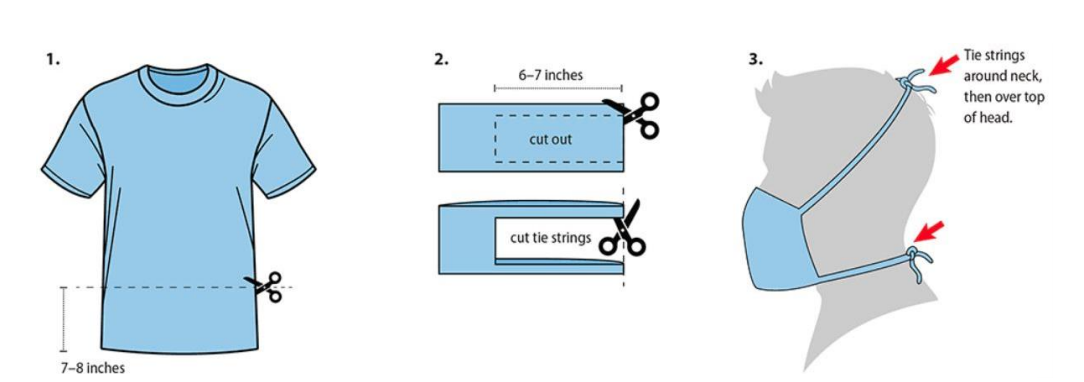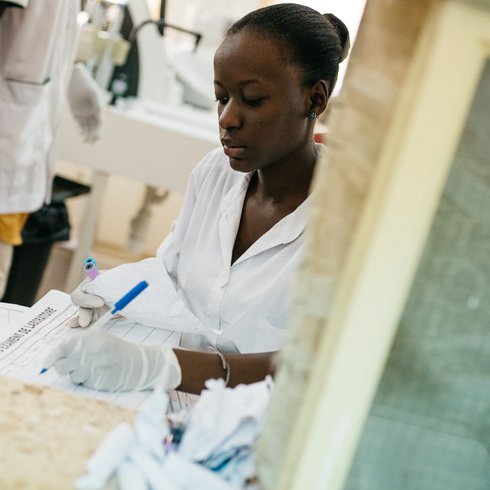
The use of homemade masks to help prevent transmission of COVID-19
The use of homemade cloth masks has been shown to limit the spread of the novel coronavirus (COVID-19). Recently, the Centers for Disease Control and Prevention (CDC), Africa CDC, and a number of country governments, have advised people to wear non-medical masks in public when community transmission may be widespread and other social distancing measures are hard to maintain. As many countries face shortages of personal protective equipment (PPE), the use of homemade cloth masks can help reserve the use of medical-grade masks for health care workers.
A mask is not a solve-all solution in the fight to curb COVID-19 and should never be used in isolation of basic good hygiene considerations. But cloth masks can reduce the transmission of respiratory droplets, limit exposure in overcrowded areas and create a culture of vigilance and awareness about COVID-19. PATH reviewed and consolidated current guidance on the design, use, and maintenance of cloth masks in community settings.
A community-driven video campaign
To socialize this guidance, PATH conducted a video campaign in select countries to socialize proper guidance on the design, use, and cleaning of homemade cloth masks to prevent transmission of COVID-19 where PPE supply chains may not be sufficient. Video testimonials by community champions have been shown to be a simple, proven intervention to change behaviors and improve health. PATH’s innovative social behavior change and communication model focuses on empowering communities to use digital media to effectively improve local health knowledge and behaviors around proper mask protocol.
